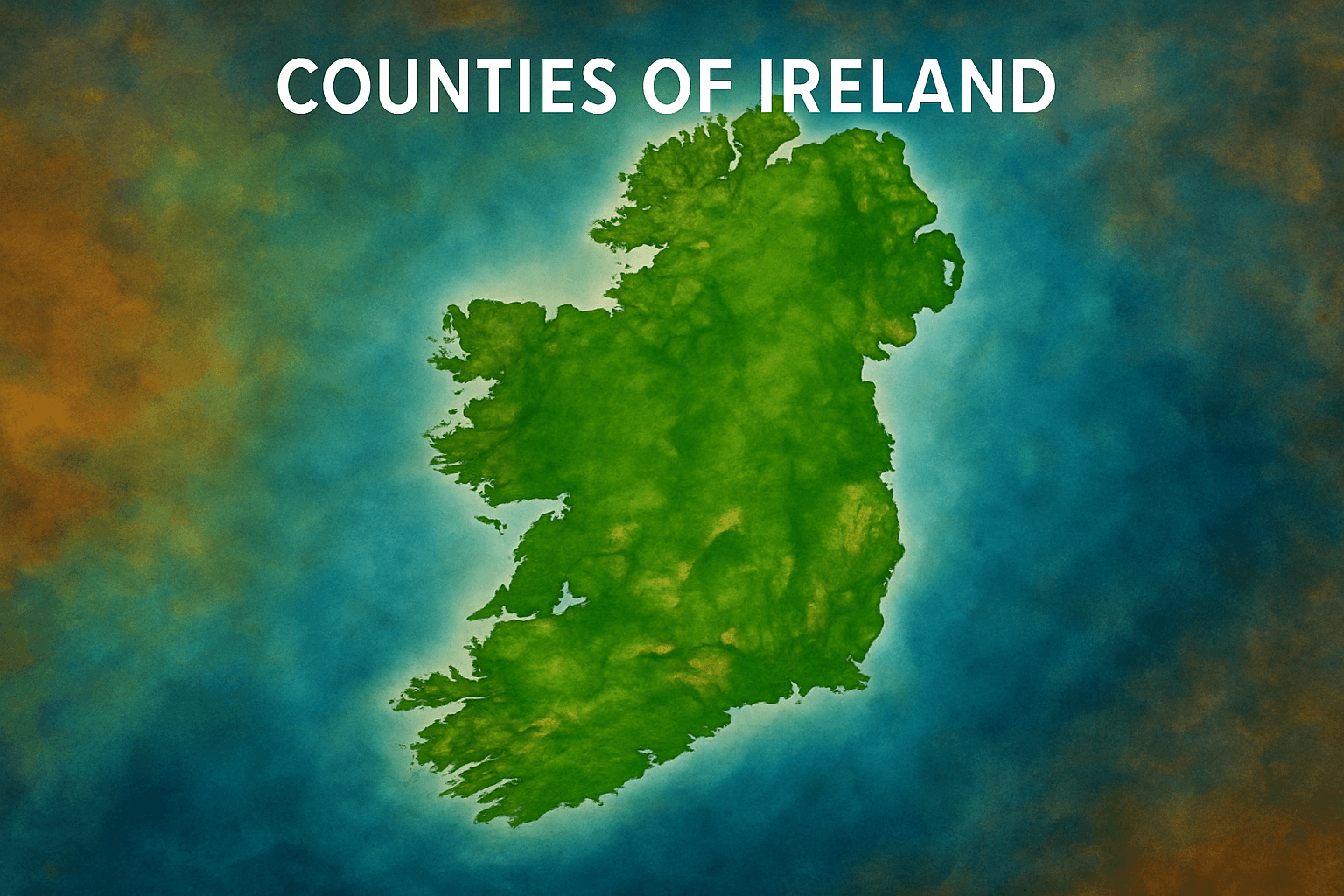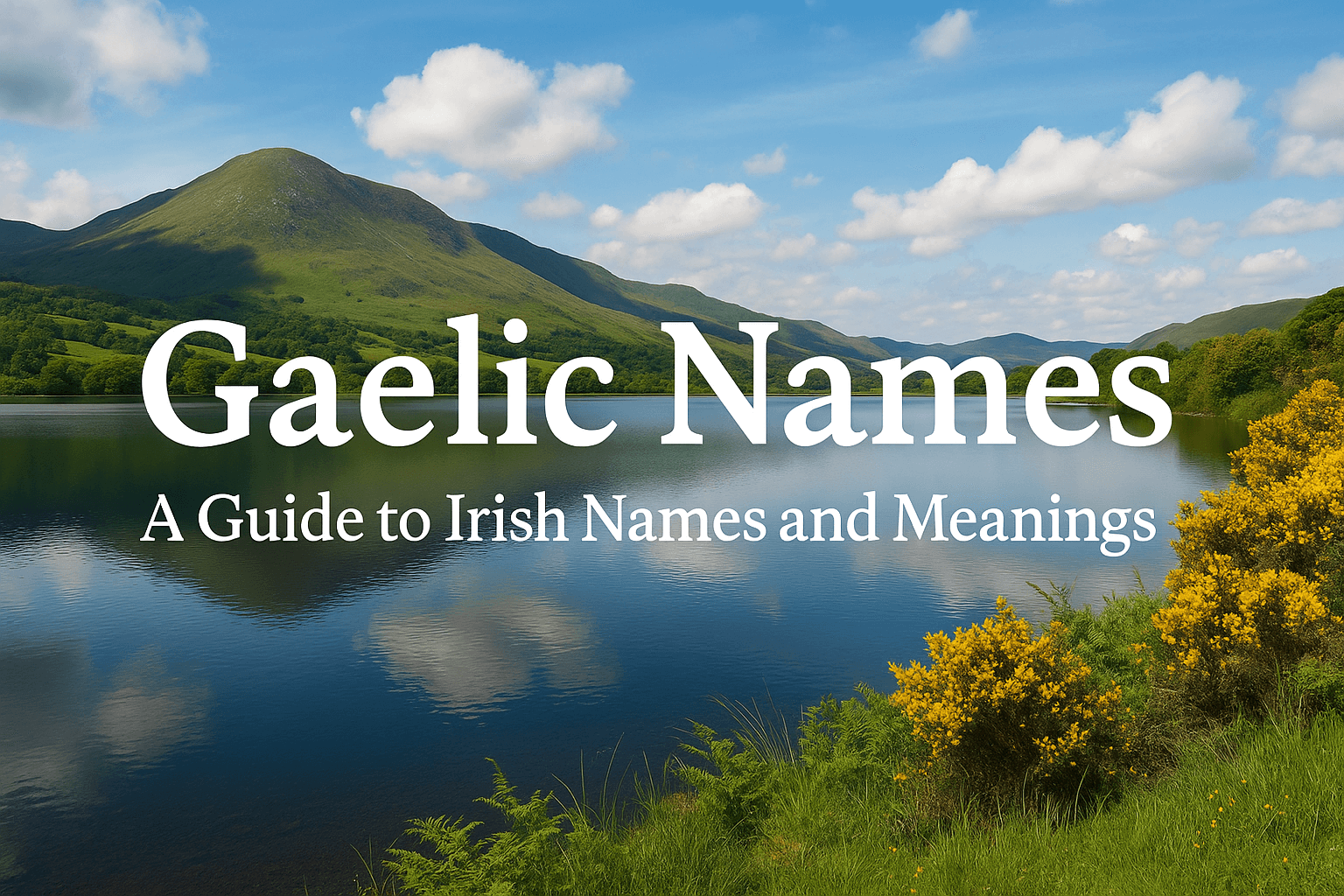The Celtic languages form one of Europe’s oldest and most captivating language families. Spoken across the western edges of the continent for over two millennia, these languages have shaped culture, identity, and storytelling from Ireland and Scotland to Wales, Brittany, and beyond.
Today, six Celtic languages survive: Irish, Scottish Gaelic, Welsh, Breton, Cornish, and Manx. Each carries echoes of ancient Celtic culture and centuries of resilience. In this article, we’ll explore their origins, linguistic features, and modern revival—and see how languages like Irish remain at the heart of Celtic identity.
What Are Celtic Languages?
The Celtic languages are a branch of the Indo-European language family, which also includes English, French, and Spanish. What makes them unique is their shared heritage, distinct sound systems, and deep connection to oral tradition.
Though the Celtic languages were once spoken across much of Europe—from the Iberian Peninsula to Central Europe—today they survive mainly in northwestern Europe. Despite historical decline, they’ve seen remarkable revival in recent decades.
The Two Main Branches of Celtic Languages
Celtic languages are divided into two main subgroups: Goidelic (or Gaelic) and Brittonic (or Brythonic).
1. The Goidelic (Gaelic) Branch
These are the Gaelic languages spoken in Ireland, Scotland, and the Isle of Man.
- Irish (Gaeilge) – Spoken in Ireland, it’s one of the oldest written languages in Europe and remains a national and EU-recognized language.
- Scottish Gaelic (Gàidhlig) – Originating from Old Irish, Scottish Gaelic is spoken primarily in the Highlands and Hebrides.
- Manx (Gaelg) – The traditional language of the Isle of Man, nearly lost in the 20th century but now proudly revived.
2. The Brittonic (Brythonic) Branch
These languages evolved in what is now Wales, Cornwall, and Brittany (France).
- Welsh (Cymraeg) – The most widely spoken Celtic language today, used in schools, media, and daily life in Wales.
- Cornish (Kernewek) – Once extinct, Cornish has been revived by passionate speakers and cultural movements.
- Breton (Brezhoneg) – Spoken in Brittany, France, and closely related to Welsh and Cornish.
Together, these six Celtic languages showcase both shared ancestry and distinctive regional evolution.
A Short History of Celtic Languages
Ancient Celtic Europe
Thousands of years ago, Celtic-speaking peoples occupied vast regions of Europe. Scholars trace Proto-Celtic, the common ancestor of all Celtic languages, to around 1000 BCE. These early Celts spread through trade and migration, leaving traces in place names and inscriptions across Europe.
The Roman and Medieval Eras
As the Roman Empire expanded, Continental Celtic languages like Gaulish and Celtiberian faded away. Meanwhile, the Insular Celtic languages—those of the British Isles—continued to thrive and evolve into the Goidelic and Brittonic branches we know today.
Decline and Suppression
Over centuries, political and cultural pressures—particularly English and French influence—led to widespread decline. Many Celtic languages were discouraged or banned in education, and some (like Cornish and Manx) nearly vanished.
Revival and Resilience
From the 19th century onward, renewed cultural pride and grassroots efforts sparked revival movements. Today, languages like Welsh and Irish are taught in schools, broadcast on national media, and increasingly used online. The Celtic languages are experiencing a quiet but steady renaissance.
Unique Features of Celtic Languages
Celtic languages share fascinating traits that set them apart from most European tongues.
- Initial Consonant Mutations – Words can change their initial letter depending on grammar (e.g., in Irish, “bád” becomes “bhád” in certain contexts).
- Verb–Subject–Object (VSO) Word Order – In many Celtic sentences, the verb comes first: “Labhraím Gaeilge” (I speak Irish).
- Rich Case Systems – Celtic languages often use inflected prepositions and distinct grammatical cases.
- Musical Sound Patterns – The rhythm and intonation of Celtic speech have a melodic quality, contributing to their poetic beauty.
- Deep Cultural Vocabulary – Many words are tied to nature, myth, and kinship—core elements of Celtic life.
These linguistic features make the Celtic family both complex and captivating for linguists and learners alike.
Celtic Languages in the Modern World
Despite historical challenges, the Celtic languages continue to thrive in creative and inspiring ways.
Irish and Its Global Reach
Irish (Gaeilge) holds official status in Ireland and the European Union. While most Irish people use English daily, Irish remains a cornerstone of cultural identity. Schools, media outlets, and digital tools—like those from Gaeilgeoir AI—are helping new generations connect with their native Celtic tongue.
You can explore more about the history of Irish and its ancient roots in the Ancient Irish Language Guide.
Welsh: A Model of Revival
Welsh has become a global example of successful language preservation. With strong education policies and bilingual media, over half a million people now speak Welsh fluently.
Manx and Cornish Comeback
Manx (Isle of Man) and Cornish (Cornwall) were once considered extinct, yet both have seen remarkable revivals through dedicated community efforts. Modern schools now teach both languages, and children are once again growing up bilingual.
Breton and Scottish Gaelic
Breton continues to be spoken in Brittany, with local radio stations, festivals, and signage supporting its use. In Scotland, Gaelic media and education are expanding, helping to preserve this integral part of Scottish heritage.
Shared Culture and Identity
The Celtic languages represent more than words—they embody a worldview. Across Ireland, Wales, and Scotland, the languages carry cultural memory, music, and mythology. Many traditional songs, proverbs, and poems lose their full depth when translated into English.
For example, Irish proverbs known as seanfhocail reveal a distinctly Celtic way of thinking, often poetic and philosophical. You can explore more about these expressions in our Irish Proverbs Guide.
Language revival, then, isn’t just about communication—it’s about reclaiming heritage and sustaining a shared cultural voice.
How Technology Supports Celtic Language Revival
Modern technology, especially AI and digital learning, plays a crucial role in preserving and teaching Celtic languages.
AI-Powered Learning
Artificial intelligence offers personalized, adaptive learning that suits modern lifestyles. AI-driven pronunciation tools, grammar correction, and conversation practice make learning accessible to anyone—whether you’re in Dublin or Denver.
At Gaeilgeoir AI, these innovations empower learners to experience Irish more naturally. By blending AI technology with authentic cultural resources, platforms like this contribute directly to the broader revival of Celtic languages.
Digital Communities
Online communities and social media have become hubs for Celtic-language speakers to connect, share content, and support one another. From Irish TikTok creators to Welsh YouTubers, digital spaces have breathed new life into Celtic expression.
Education and Research
Universities across Ireland, the UK, and Europe continue to study and promote Celtic languages. Linguists work to document endangered varieties, while governments implement bilingual education programs to protect linguistic diversity.
Why Learn a Celtic Language?
Even if you’re not from a Celtic nation, there are many reasons to explore one of these languages:
- Cultural Discovery – Gain insight into a worldview shaped by nature, storytelling, and spirituality.
- Linguistic Challenge – Celtic grammar and sounds offer a fresh challenge to language enthusiasts.
- Personal Connection – Many people with Irish, Scottish, or Welsh ancestry rediscover their roots through language.
- Contribution to Revival – Every new learner strengthens the global Celtic community.
- Joy of Expression – Celtic languages are poetic, rhythmic, and beautiful to speak.
If you’re curious about starting your own journey, visit the Learn Irish Online Free Guide to see how accessible language learning can be.
The Future of Celtic Languages
The outlook for Celtic languages is hopeful.
- Younger generations are embracing their linguistic heritage.
- Governments and NGOs are funding bilingual education.
- Digital platforms are making learning easier than ever.
- AI and immersive media are bridging gaps between tradition and technology.
With creativity, collaboration, and cultural pride, the Celtic languages are not fading—they’re flourishing in new forms.
Final Thoughts
The Celtic languages are more than ancient relics—they’re living voices of resilience and beauty. From the soft sounds of Irish to the lively cadence of Welsh, each language carries stories, values, and rhythms that connect modern speakers to their ancestors.
By studying or even supporting these languages, you help keep a vital part of Europe’s linguistic and cultural tapestry alive. Whether your interest lies in history, heritage, or the thrill of learning something unique, the Celtic languages offer endless discovery.
If you’re ready to explore further, you can start with Irish—the heart of the Goidelic branch—by joining a global community of learners at learn.gaeilgeoir.ai.
Go n-éirí leat! (Good luck!)





